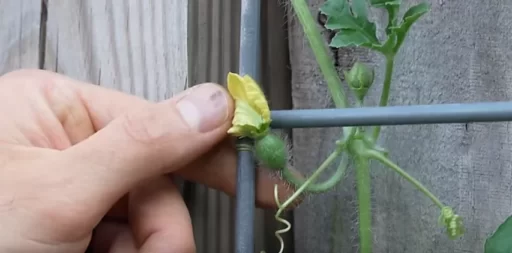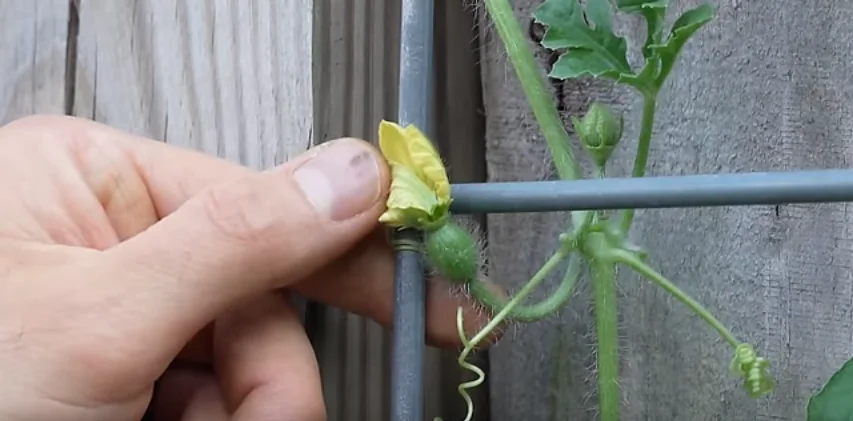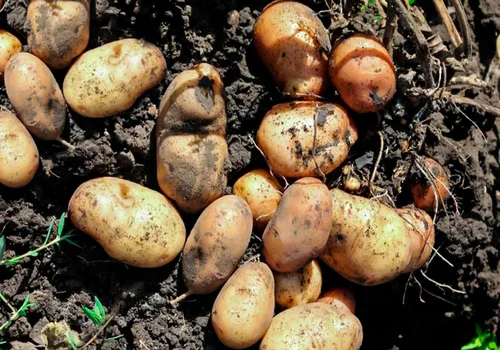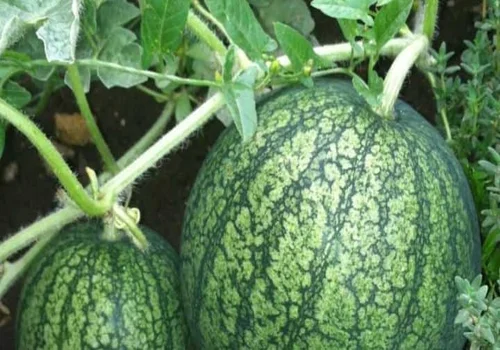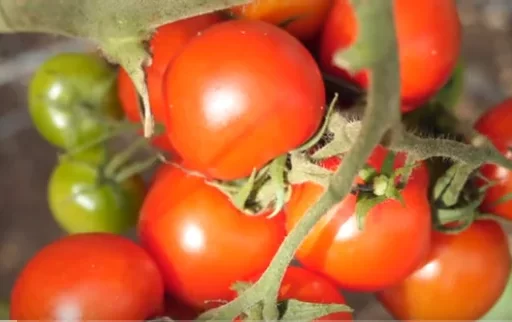Growing cucurbits such as cucumbers, zucchini, squash, and melons can be quite rewarding. However, many gardeners face challenges when their plants fail to produce healthy fruits. One of the most common reasons for poor fruit production is inadequate pollination. This article provides essential tips and tricks to improve pollination, ensuring that your cucurbits thrive and produce a bountiful harvest.
Understanding Cucurbits and Their Pollination Requirements
Cucurbits belong to a plant family that includes popular vegetables like cucumbers, squash, pumpkins, melons, and gourds. While they are relatively easy to grow, pollination plays a critical role in determining their fruit production. Cucurbits differ from other vegetable families, such as nightshades (tomatoes, peppers, and eggplants), in how their flowers function.
Unlike nightshades, which have both male and female reproductive organs in the same flower and can be pollinated by wind, cucurbits require the transfer of pollen between separate male and female flowers. Without this, the fruits may not mature properly and can turn yellow, shrivel up, and fall off the plant.
Identifying Male and Female Flowers
To successfully pollinate cucurbits, it’s crucial to understand how to distinguish between male and female flowers. Male flowers have no fruit attached and are supported only by a stem. Female flowers, on the other hand, have a small fruit (such as a baby cucumber or zucchini) attached beneath the flower.
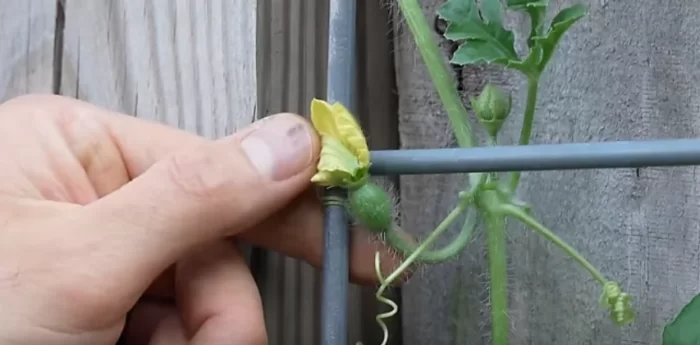
If the male pollen does not reach the female flower, the small fruit will not develop and will eventually drop off. Pollinators, such as bees, naturally transfer pollen between the male and female flowers, but relying solely on natural pollination may not always yield the best results, especially in areas with fewer pollinators.
The Importance of Hand Pollination
Even in gardens that are rich in pollinators, insects can sometimes miss flowers, leading to poor fruit production. This is where hand pollination can significantly enhance your harvest. Hand pollination is a simple process that guarantees the transfer of pollen from the male to the female flower, ensuring fertilization and fruit development.
To manually pollinate, you can use a soft brush to collect pollen from the male flower. Gently rub the brush on the female flower’s center to deposit the pollen. Another method is to pick the male flower, peel back the petals, and directly rub it inside the female flower.
Maximizing Your Harvest
By regularly hand-pollinating your cucurbits, you can dramatically increase the number of fruits your plants produce. In regions with a low pollinator population, hand pollination can make a significant difference, potentially doubling or even tripling your harvest. For those in areas with ample pollinators, this method can still improve the overall yield, as nature’s pollination is rarely 100% efficient.
Special Varieties of Cucurbits
There are alternative varieties of cucurbits that do not require as much intervention. Gynoecious varieties, for instance, produce only female flowers, resulting in a higher potential yield as long as male flowers from nearby plants are available for pollination.
Another option is parthenocarpic varieties. These cucumbers can develop fruit without pollination. If you’re growing parthenocarpic varieties, the fruits will persist and ripen without the need for pollination, making them a great choice for gardeners who want to avoid the labor of hand pollination.
Key Takeaways
Pollination is essential for cucurbit fruit development, and in many cases, relying solely on natural pollinators can lead to inconsistent results. Hand pollination is a reliable and straightforward technique to ensure your cucurbits produce a healthy and abundant harvest. By taking a little extra time to manually pollinate your plants, you can significantly boost their productivity and enjoy a more successful growing season.
Frequently Asked Questions
- Why are my cucurbit fruits turning yellow and falling off? This is likely due to poor pollination. Without proper pollination, the fruits will not mature and may fall off the plant.
- How can I tell the difference between male and female flowers? Male flowers have a simple stem, while female flowers have a small fruit beneath the flower.
- Is hand pollination difficult? No, it’s a simple process. You can use a soft brush to transfer pollen or directly rub a male flower onto a female flower.
- Can I rely solely on natural pollinators? While natural pollinators like bees can do the job, they often miss flowers. Hand pollination ensures better fruit development.
- What are gynoecious cucurbits? Gynoecious varieties produce only female flowers and require nearby male flowers for pollination.
- What are parthenocarpic cucumbers? Parthenocarpic varieties can develop fruit without pollination, making them ideal for gardeners with low pollinator populations.
- How often should I hand pollinate my plants? It’s best to monitor your plants and hand pollinate whenever new female flowers open to ensure consistent fruit production.

